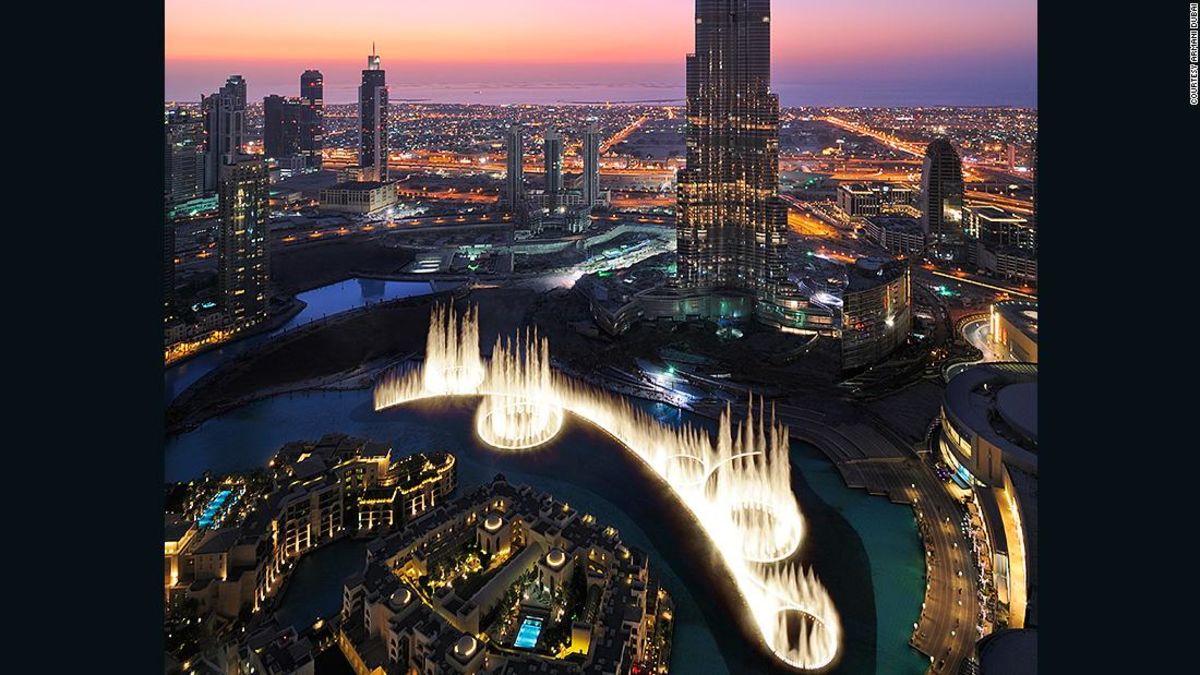
(CNN) — Like a moth to a flame, visitors to Dubai invariably swarm around the colossal fountain at the foot of the Burj Khalifa. It's easy to see why: at more than 900-feet long, firing water 50 stories into the sky, the fountain is impressive, to say the least.
Commissioned by EMAAR Properties, developers of Downtown Dubai, it was Los Angeles-based WET Design which was charged with making it a reality.
"We like to build things exciting and state of the art and fast and wet," president of WET Design Mark Fuller told CNN. In Dubai, "we found a place to do that," he says, describing it as a "special place for WET" born out of an "emotional and creative synergy."
Fuller describes conceptualizing fountains on location, using sketches and models, both three-dimensional and computer generated. "Rarely do we come up with just one solution," he says.
"After that of course it turns into hardcore engineering: Where do the pipes go? Where will the pumps and power (go)?" he adds. Then there are the more artistic questions: "What is the poetry we'll be building? How will the waters perform? Will the water need an antagonist to play off? Perhaps we introduce fire."
The fountain puts on a show each afternoon and every 30 minutes in the evening, with thousands of lights, dozens of projectors and at its most dramatic, over 22,000 gallons of water in the air at any one time.
Peter Kopik is director of choreography at WET and has the complex task of turning thousands of fountain hoses into a coherent show. Each show is carefully tailored to its audience.
"We have to get familiar with that particular culture and how the people who are going to view the choreography relate to music, relate to dance," he explains. "For instance, in Arabic culture the major principle is that the music is downbeat versus upbeat. So you are actually bending your knee at the beat, not jumping up as in Western culture."
Robotic technology is used extensively, says Kopik, in facilities beneath the 30-acre Burj Lake.
"(People) are always surprised at the amount of technology we have hidden behind the scenes," says Fuller. "Beneath those ripples and waves there's very often millions and millions of dollars and kilojoules of energy ... and then in the room beneath the room filled with all the water are cavernous control rooms."
But when it comes to getting a reaction from his audience, Fuller is looking to create an entirely different kind of waterworks.
"What I look for -- and when I know we have done it right -- I look for that little drop of water in the eye of the spectator next to me," Fuller says. "That's my payoff."
from CNN.com - RSS Channel https://cnn.it/2DCq0LB
No comments:
Post a Comment